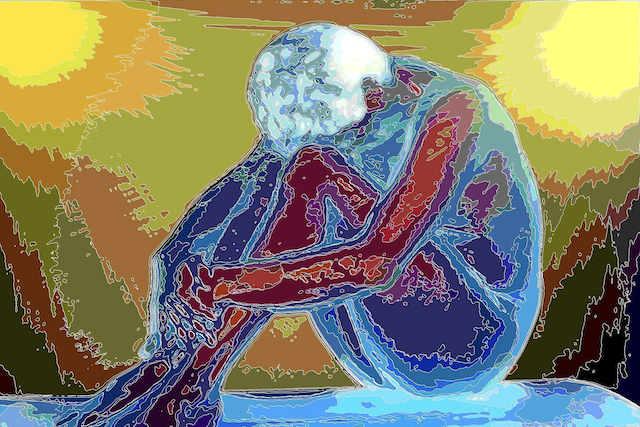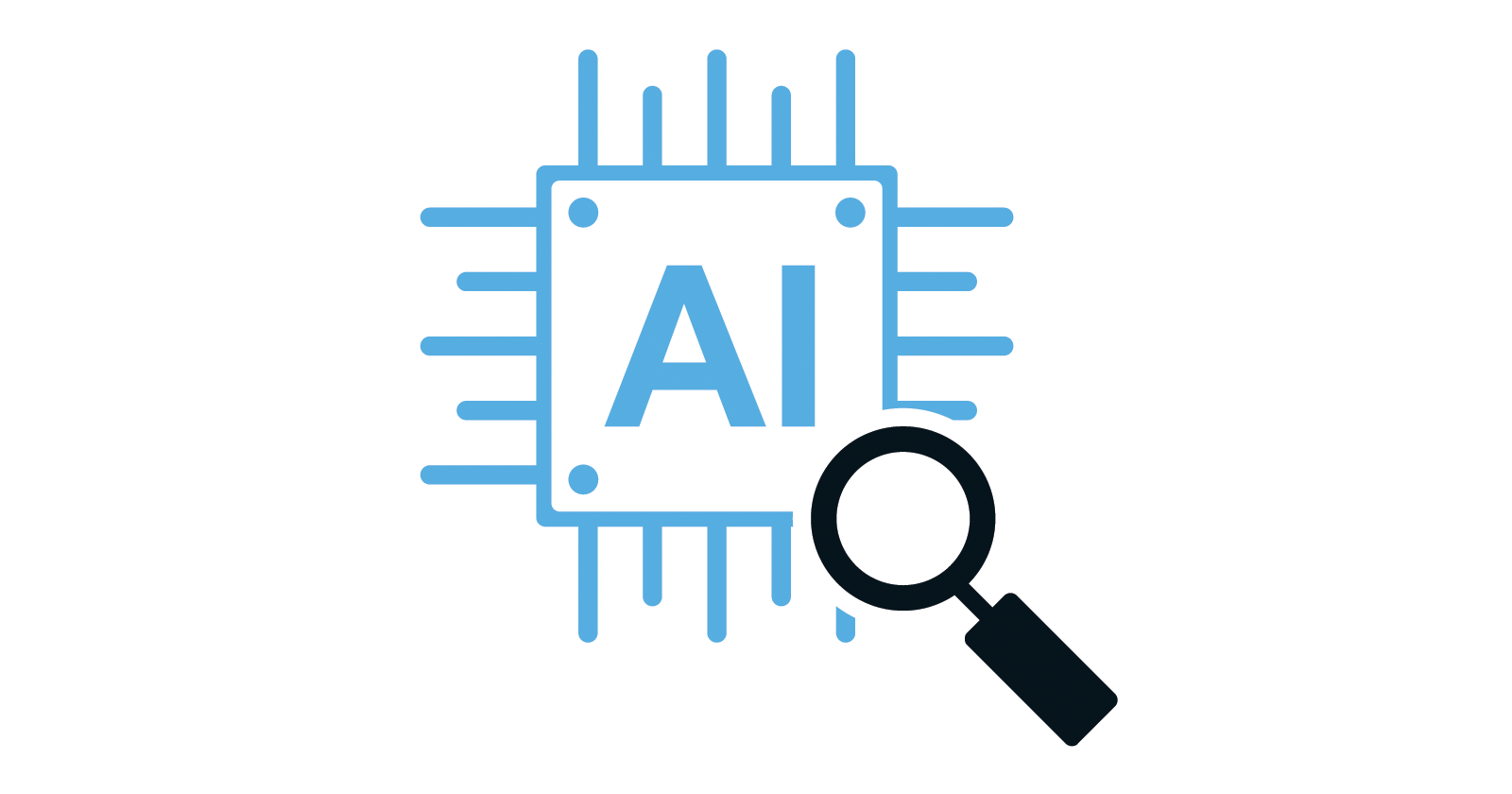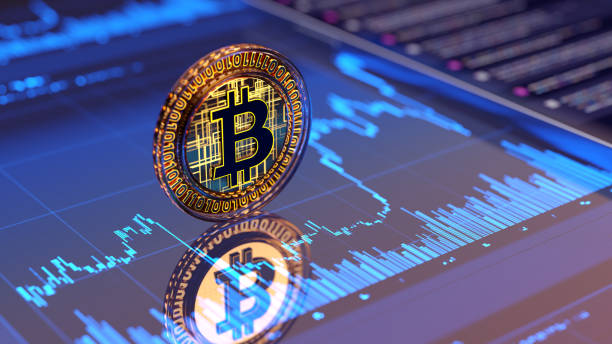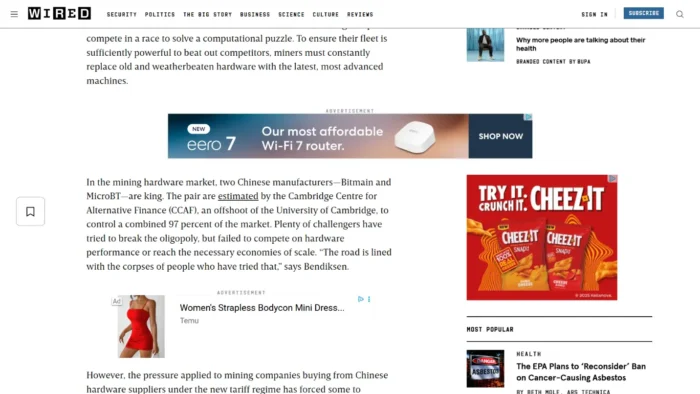Increase Your Agency By Responding, Instead of Reacting
Ever wonder why your emails tend to be better when you wait a little before replying? Choosing to take a pause before we act may sound simple, but it yields powerful results. Longtime mindfulness teacher and author Andrew Safer...
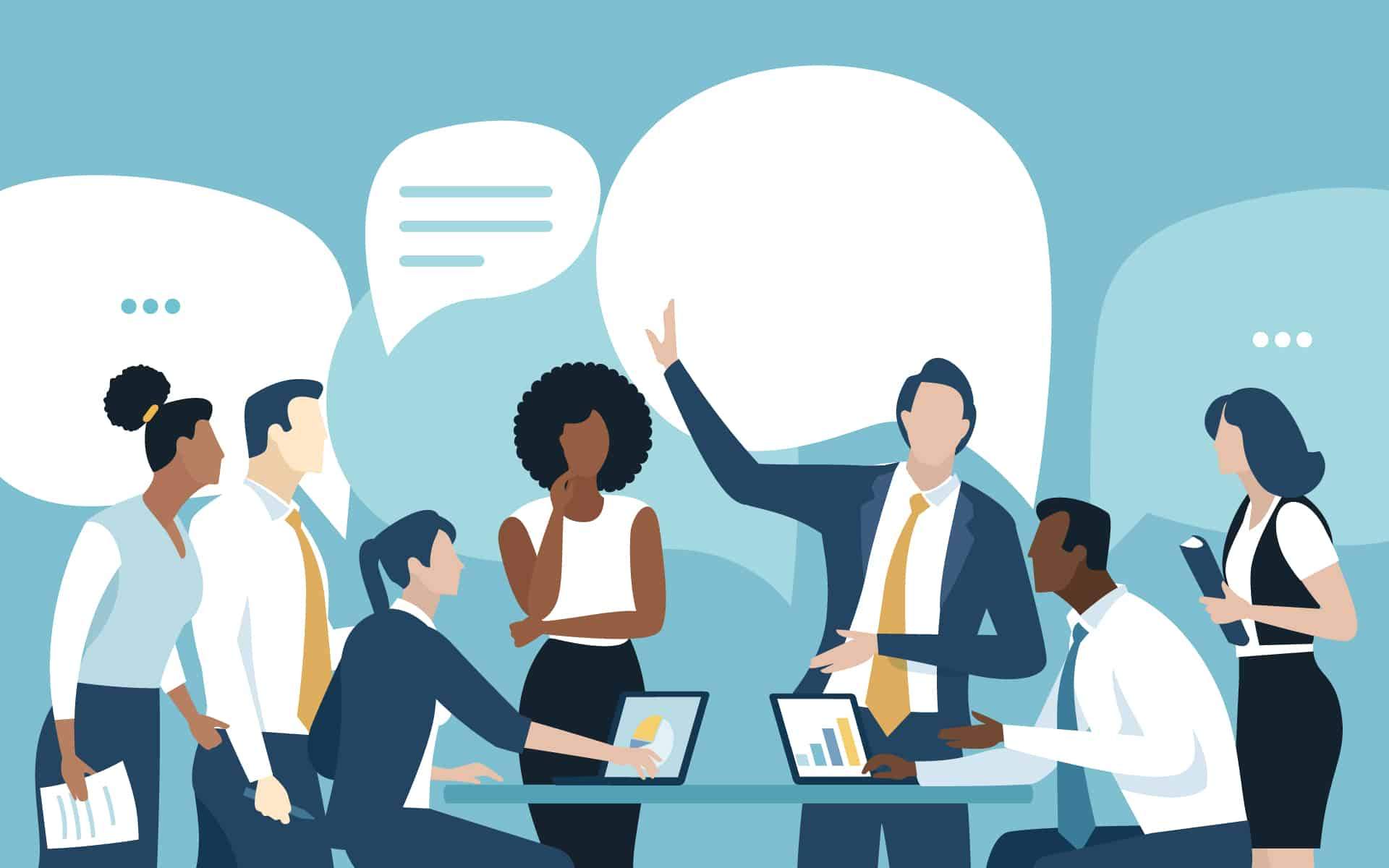
You are sitting at your desk, working on a project summary that has to go out by end of day. In order to get to this, you had to put two other priorities in hold. This is a critical deliverable, and you’ve just sat down with a fresh cup of coffee to dig in. Your manager appears. “I know you’re planning on turning in that report later today,” he says, “but there’s something else that you need to look at by the middle of the afternoon.” Plunking a folder on the only clear section of your desk, he vanishes.
“No problem,” you valiantly blurt out, immediately wishing you hadn’t said that, considering you will have to turn your day upside down. Now, your boss will have no idea what contortions you have to go through to satisfy his request. Your stress response kicks in, and you start on the new file. Part of you wants to race through it, and part of you wants to be thorough, so you read it unevenly. With a partial understanding of the contents, you do a half-assed job writing your comments.
Mindfulness can bring a different mindset if we begin to practice pausing and responding instead of reacting, and we can start with small inconveniences. At any point during our day, we can use the STOP method of pausing, described by David Gelles, a New York Times reporter and author of Mindful Work.
Try this Mindfulness Practice to STOP and Check in
Stop. Just take a momentary pause, no matter what you’re doing. Take a breath. Feel the sensation of your own breathing, which brings you back to the present moment. Observe. Acknowledge what is happening for good or bad, inside you or out. Proceed. Just note it. Having briefly checked in with the present moment, continue with whatever it was you were doing.No longer at the mercy of habit, we have agency, and with that comes improved decision-making.
It’s not about a happy ending so much as interrupting the reactions that come automatically. Each time we bring ourselves out from under the thumb of emotional pressure, we experience a sense of freedom. We also momentarily break a habitual pattern. We see that it’s possible to “keep our head” and proceed. No longer at the mercy of habit, we have agency, and with that comes improved decision-making.
Shifting a Habitual Reaction
When there is a sense of urgency, the last thing we want to do is pause. We want to take care of it! Often when something feels urgent, it’s actually not. Take an itch, for example. In sitting meditation, suddenly, our nose itches. Our arm reflexively goes up with one finger extended, we give it a good scratch, and that’s that! Scratching is automatic. Since it’s not a life-or-death emergency, an itch becomes an opportunity to practice pausing and seeing the bigger picture.
Start with some sitting practice (no particular length). When you feel an itch, boycott the urge to scratch. See what the itch actually feels like. Shift attention back to breath and posture. If the itch persists and intensifies, go ahead and scratch. If it’s low-level, just let it be there, and keep practicing.If you don’t feel an itch during this practice session, keep this in mind and apply this approach when you do, either while practicing or in everyday life.
Practice provides a safe environment for a “dry run.” We see that we can be aware of the itch, without necessarily having to scratch right away. Our habitual pattern takes us from the first sensation of the itch to immediately scratching. If you think of how many times you have scratched an itch, this automatic response is very well established! It might take some practice before we are able to interrupt our reactivity.
Get Grounded Before You Respond
General Mills is a Fortune 500 company that began providing mindfulness training for its employees in 2006. Sandy Behnken, General Mills’ Continuous Improvement Internal Consultant, coordinated 25 IT leaders in a seven-week mindful leadership course and participated in the learning herself. “Within a couple of weeks of the course starting,” she recalls, “I could see how my mindfulness practice impacted my interactions at work. I became more aware of the many stimuli impacting me and was better able to decide how I was going to respond versus
react to them.”
We spend a great deal of our waking hours in our heads: thinking a step ahead, planning, strategizing, rehearsing, worrying, remembering. Of course, some of this can be productive, but we can become oblivious to where we are! All of this mental activity can go on whether sitting in our office or standing on beach sand. Being grounded means feeling our connection to Earth, which is fundamental, and which helps us transition from reactivity to reasoned response.
We practice grounding ourselves in meditation. In the beginning of a practice session, we place our attention on our feet on the floor, our breath, or another anchor, and then during the session we might touch back there a number of times.
During the workday, another way we can ground ourselves is through mindful walking. If you have a few minutes in between meetings, a little mindful walking may be your only chance to refresh before working again.
How a Gap Leads to Better Choices
The transition from reactivity to reasoned response comes down to awareness. With reactivity, we are trapped in stimulus-automatic response mode—ensconced in that system, with no way out. In that mode, we don’t have a chance to do something different. There is only one playbook. So how do we go from choicelessness to options? We allow a gap. Taking a break, we challenge the premise that a stimulus necessarily leads to a reaction. Instead, there is an opening for awareness; the next move is up to us.
“Between stimulus and response there is a space,” writes neurologist, psychologist, and Holocaust survivor Viktor Frankl. “In that space is our power to choose our response. In our response lies our growth and our freedom.”
With awareness, we can:
Look out the window and connect with the bigger picture Gain perspective, not being caught up in the immediate activity See more clearly and decide on a course of action.When you hear the chime alerting you to the email that just landed in your inbox, if you’re like me, you’re curious: who’s it from? What’s it about? The anticipation produces a hit of dopamine and the feeling of pleasure that goes along with it, which brings you to 1) want to see who it’s from, and 2) possibly open and read the message now. It could be good or bad news, important or junk, priority or not. The problem with sending an immediate answer is we’re feeding the stimulus-response loop, and overriding a considered response. I might miss context and tone, because panoramic awareness is absent.
Taking a break, we challenge the premise that a stimulus necessarily leads to a reaction. Instead, there is an opening for awareness; the next move is up to us.
Recently, I received an email from the mother of a youth who was suffering from psychosis in a mental hospital. She wanted to know if I could see him, and possibly, continue to see him over time. While I was delighted to hear from her, I found her email frustrating. Since email has become the norm for this type of communication, I felt duty bound to email her back, but didn’t think I could adequately address her questions that way. I let that message sit for several hours. Then I thanked her for getting in touch and asked if we could have a conversation. We proceeded to set up a telephone call. There was much in our conversation that could not have been covered in an email. Pausing and re-engaging when I was ready helped pave the way for a fruitful exchange.
Peter Bregman, founder and CEO of Bregman Partners, coaches CEOs and senior leaders internationally. A long-time meditator, he reflects on responding instead of reacting. “Our ability to resist an impulse determines our success in learning a new behavior or changing an old habit,” he writes. “It’s probably the single most important skill for our growth and development. As it turns out, that’s one of the things meditation teaches us. It’s also one of the hardest to learn.”
Republished with permission from Mindfulness in the Workplace: Cultivating Well-Being at Work. 2nd Tier Publishing: 2024. Copyright Andrew Safer.

 FrankLin
FrankLin 












